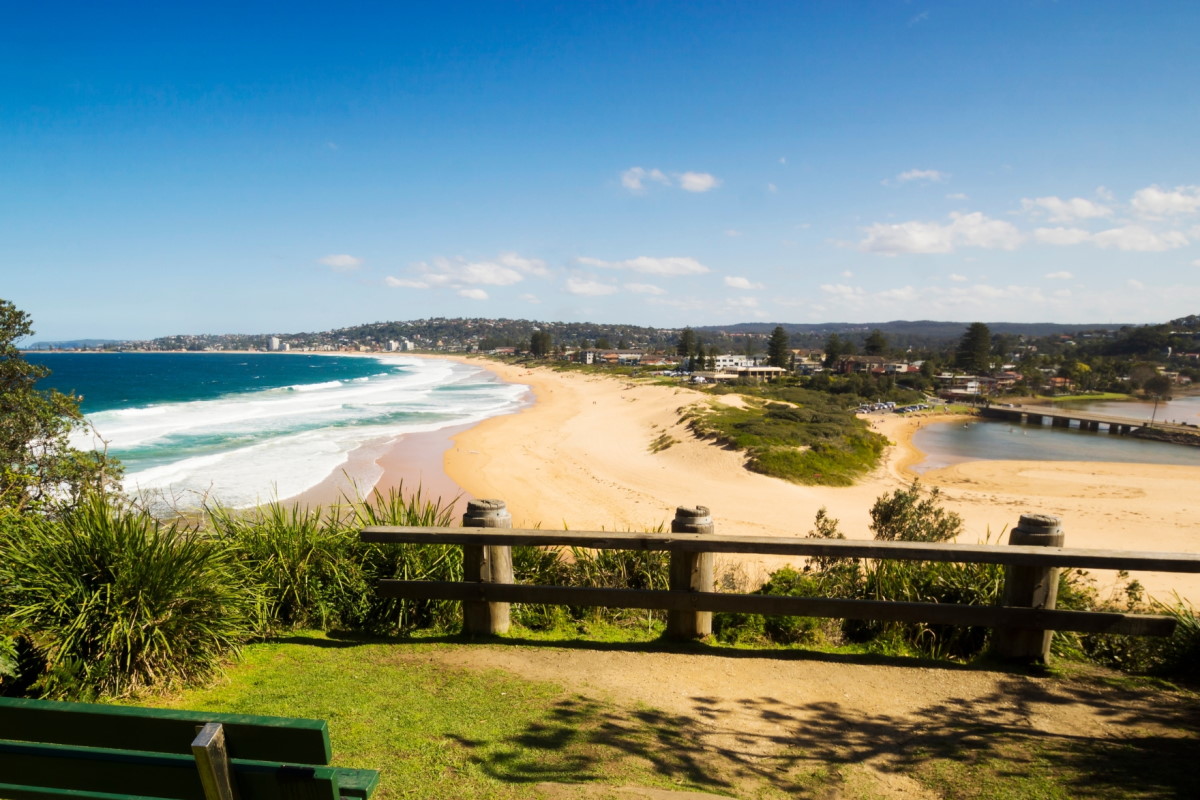We have written before about the history of Elanora Heights but this month we thought we would take a detailed look at some of the local street names.
They are an interesting mix of practical names, nods to ‘founding fathers’ and politicians and the language of the area’s Traditional Owners.
Read on for what we found in our research. Let us know if you have come across anything different about the story behind your street’s name.
Powderworks Road
Elanora Heights is probably best known for Powderworks Road, which connects Narrabeen to the upper suburbs of Terrey Hills and Ingleside.
Powderworks Road gets its name, not too surprisingly, from the fact that it was originally an access road to a powderworks factory.
The Powderworks factory was established by Dutch American immigrant Carl von Bieren, who also built Ingleside House, which gave the suburb of Ingleside its name.
In time, the powderworks failed, with rumours abounding of secret explosive tests; in truth, the powder works were just poorly located and ill-managed. Before any gun powder was even manufactured, Van Bieren jumped ship and left the country.
So maybe it should be called ‘Powderfail Road’ or ‘Not Powderworks Road’…
Not long after landing in London, Van Beiren was arrested, charged with fraudulent insolvency, and sent back to Australia. He was found guilty but, after many testimonies of his quality as a person, was given only two years in Goulburn Gaol. After his sentence, he left for New York and never came back, but his legacy remains.
Wakehurst Parkway
The other most significant road you’ll often find locals driving is the Wakehurst parkway.
Wakehurst Parkway was named after Lord Wakehurst at the end of his governorship. The honour was awarded to him in 1946 after his run as governor for close to a decade.
No doubt you have heard how Wakehurst Parkway is reportedly Australia’s most haunted road. Whether it’s a nun who hops into your car when you stop at the one set of traffic lights, a nurse or a woman in a wedding dress, ‘Kelly’, as she is known, has been said to appear to motorists along the 16 km stretch of road.
Traditional names
Elanora Heights was, of course, home to indigenous Australians before European settlement.
The Aboriginal heritage is still evident in the names of many streets throughout the suburb. Even the name Elanora is derived from an Aboriginal word meaning “home (or camp) by the water”.
We don’t claim to be experts but this is what our research uncovered. It’s interesting how many place names indicate some significance in relation to water and views.
– Bolwarra Road is likely derived from Bulwarra, which means, “high up” or “view from a lofty height”.
– Dewrang, from Dewrang Avenue, is also an Aboriginal word meaning “high and lofty”. not surprising for a suburb located on top of a hill.
– Bungoona in Bungoona Ave means “sandy creek.”
– Irrawong may be derived from Illawong, which means “between two waters.”
– Mirool Street gets its name from an Indigenous word meaning pipe clay.
– Morandoo Road comes from the word for “sea”.
– Tatiara Crescent is yet another name with Indigenous origins, reportedly meaning “the good country” in some dialects.
– Some sources say that Wongala in Wongala Road means “boomerang” in different Indigenous dialects.
– The origins of Wyanga Road are a little vague, but it seems possible the name comes from an Indigenous word meaning “mother”.
Wilga Street
Finally, for something a little different, Wilga Street takes its name from a small Australian tree. Also known as Australian Willow, Wilga trees are drought resistant and are mainly found in inland NSW and Queensland.
Whether the streets are named for their traditional descriptions, or after a notable Australian, one thing for certain is that they are all lovely places to live.
Thinking of selling? Give us a call today


